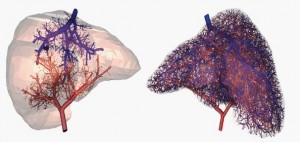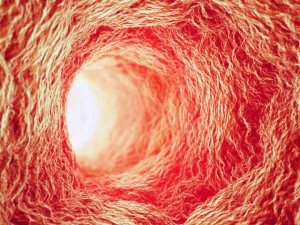

These are three-dimensional tissues we're talking about; and with functional, stable, blood vessels, the tissues can have their own differentiation and growth. The 3D printed material will naturally dissolve once the vessels are in working order. 3Dprint.com provides details on how the study took place:
“Researchers used an extremely advanced bio-printer to fabricate tiny fibers, all interconnected, which would represent the complex vascular structure of an organ. The coated the fibers with human endothelial cells, and then covered it with a protein based material, rich in cells.”


Researchers say it will be a while before fully functional organs are widely available to those in need, yet this new research is key progression towards this goal. It also has its limitations. According to the researchers, they cannot print very small blood vessels, like capillaries, just yet. The materials are not strong enough to support such small vessels. However, “if they print larger vessels, the cells could rearrange to form smaller ones around them”. Currently, the team of researchers are improving the resolution of their bio-printing in hopes to one day lead to true organ regeneration. This technology could enhance the sustainability, ease costs, and speed the process.

 Laptop & Tablet Parts
Laptop & Tablet Parts




















